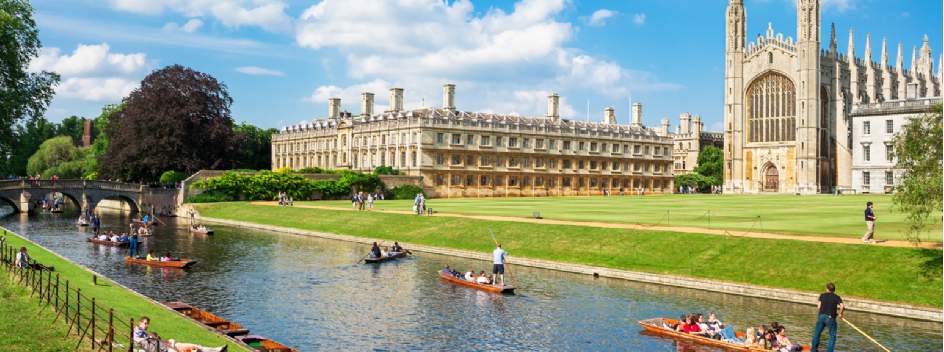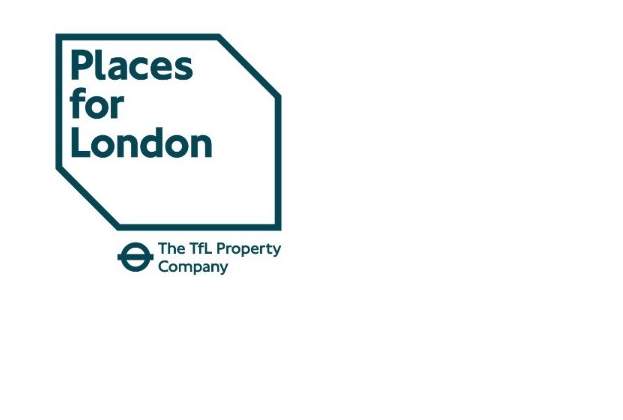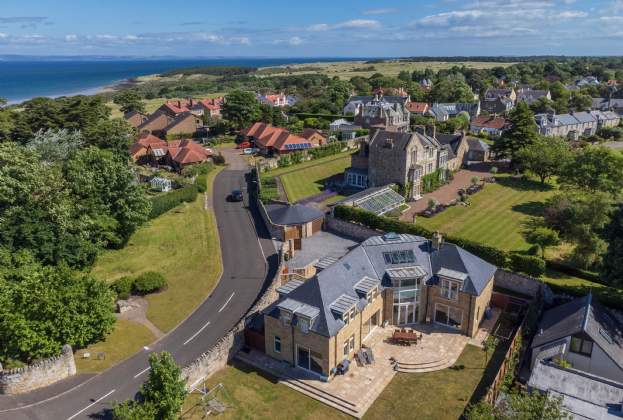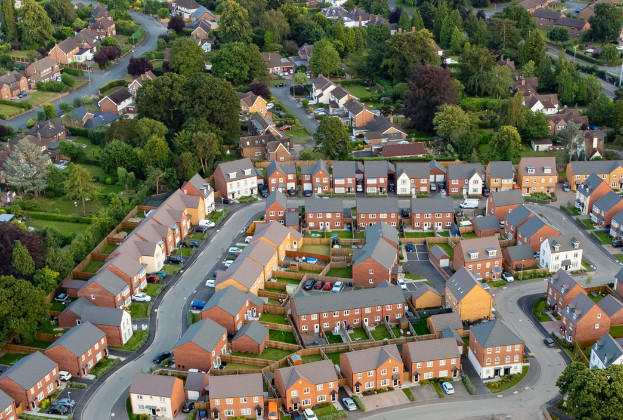News that Housing Secretary Michael Gove would like to turn Cambridge into Europe’s version of Silicon Valley has brought the issue of the city’s future growth back into the spotlight.
The proposals would see 250,000 new homes built over 20 years and billions of pounds of investment to create new business parks, laboratories and science centres.
In the process, Cambridge’s population would increase from its current total of 150,000, while investment would spread out around Oxford and Milton Keynes.
The city and its surrounds is already known as Silicon Fen – attracting a large number of high-tech businesses focused on software, electronics and biotechnology, including the likes of Arm and AstraZeneca.
But Savills own research has shown that issues around housing affordability could potentially have a long-term impact on continued business growth.
The challenge of housing affordability for younger households
Younger households are only able to access a very small proportion of the homes on sale and average rents are a significant proportion of many salaries. This means some younger households have to live in shared housing within the city or in nearby towns, which is not always fit for purpose and puts even greater stress on an already overworked infrastructure.
The potential to create connected, sustainable, green communities is therefore an important priority. The ongoing success of Cambridge relies on its ability to attract and retain young people to live and work in the city.
These latest proposals are, of course, at an early stage and while moves to improve housing affordability should be welcomed, it’s important that any future development is given careful consideration in close collaboration with stakeholders.
Cambridge is surrounded by greenbelt – so there would need to be planning policy considerations in that respect – while local authorities may also have to look at surrounding areas and villages.
New neighbourhoods and housing tenures
There are a number of new neighbourhoods already under construction or planned across the city and surrounding areas – Cambourne, Eddington, Waterbeach, Darwin Green, Northstowe and Alconbury Weald to name just a few – and policy makers and developers will have to continue to work together if they are going to address housing needs in the decades to come.
But it’s not just about the number of homes. New funding would present an exciting opportunity for developers, planners and local authorities to deliver a variety of housing products and tenures supported by appropriate infrastructure, community facilities, public open space and environmental enhancement.
This includes building more affordable housing for sale, but also exploring intermediate rental models, purpose-built rental accommodation, co-living, compact housing and other ideas to better suit the needs of the younger population.
Understanding these dynamics is crucial in finding viable and realistic options to Cambridge’s future growth.
Further information
Contact Abigail Jones


.jpg)
.jpg)
.jpg)


(1).jpg)
(1).jpg)

.jpg)